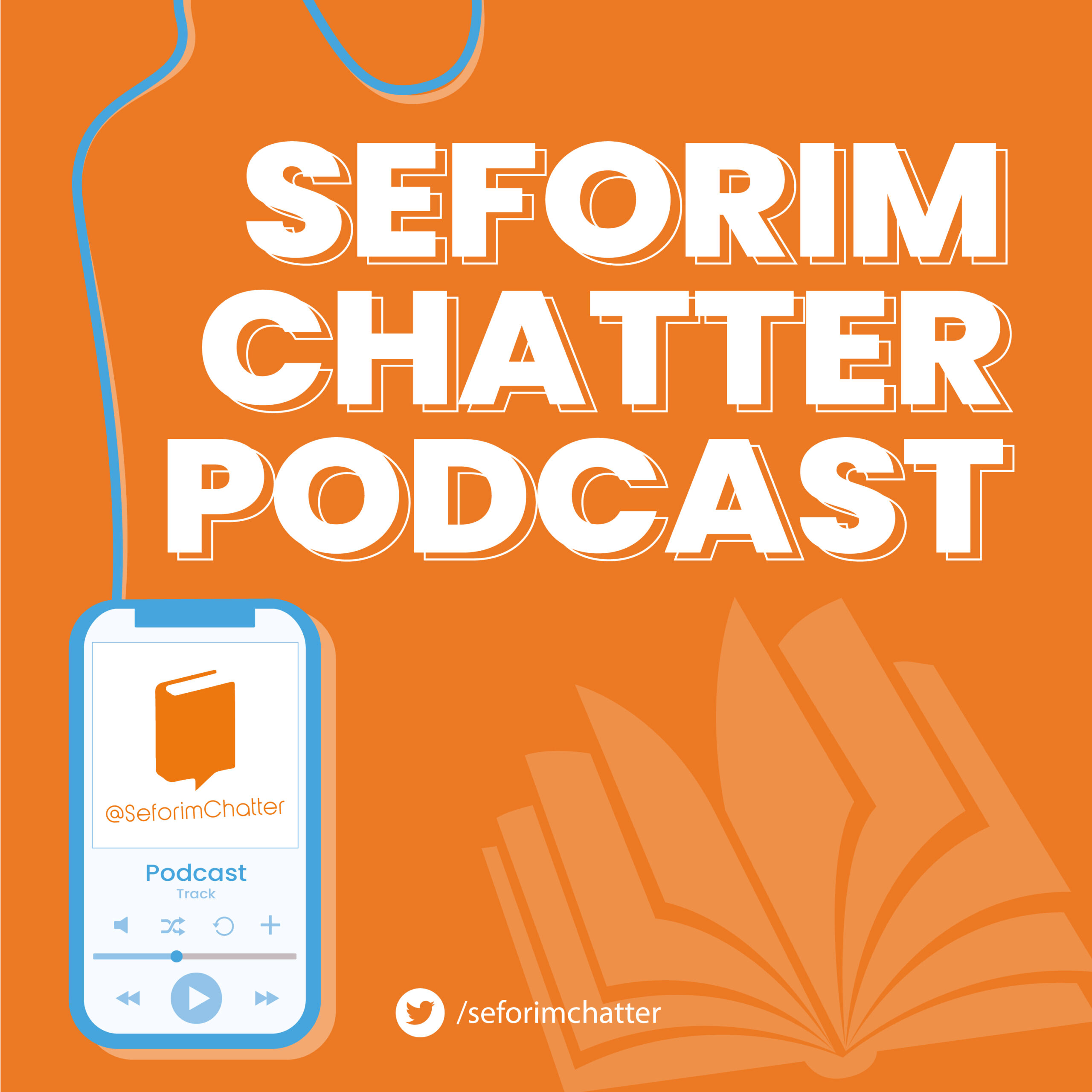Reviewed by Mordechai Djavaheri
The Torah prohibits a man with mutilated reproductive organs from marrying into the Jewish community, a Mitzvah called Petzua Daka and Chrut Shofchah. Rabbi Dr. Ernest Agatstein, MD FACS and Rabbi Mordechai Lebhar recently put out a sefer on the practical applications of Petzua Daka called Kahal Hashem. Rabbi Dr. Agatstein is an experienced urologist and founder of West Coast Urology, a division of Genesis Health, with many cycles of giving the Daf Yomi shiur under his white coat, and Rabbi Mordechai Lebhar is the Rosh Kollel of LINK Kollel in LA and head of Magen Avot publishing house.
The sefer is a great introduction to the field of urology as it pertains to halachic issues of Petzua Daka, including helpful charts and diagrams, medical terms and explanations, and the application of halacha to various common situations, disorders, illnesses, surgeries, etc. Shitot of Rishonim and Acharonim take on new light, as one begins to understand where all these tangled wires in our bodies are going. For example:
- What was the background for Rabbeinu Tam permitting a person with only one testicle, specifically the right one?
- Does it make a difference if the doctor cuts the vas deferens in the scrotum or in the abdomen?
- What do Acharonim say about the inconsistencies between the Torah/Chazal and modern medicine in this field specifically?
- What are the medical definitions of Seris Chammah and Aylonit?
- What does one tell the Baal Teshuvah who had a voluntary vasectomy?
- What about someone who had a testicle removed for medical reasons? What if it was a result of his negligence?
- How should one approach prostate surgery, considering that prostate cancer is one of the most common cancers among men in the US and Israel.[1]

My impression is that even the experienced posek does not face these shaylahs on a regular or even annual basis, and, when he does, he needs a go to reference that can explain the various halachot and relevant medicine. Understanding the status change incurred or not incurred by performing certain surgeries, preference in halachic medical decision making, and guidance for families is invaluable. Understanding the science of testicular torsion, prostate surgeries, sperm extraction, varicocele, vasectomy, vasovasostomy, and more is necessary to be able to properly pasken a shaylah about them! Don’t let this be your Kurkevan. Yes, you could sit on the internet and learn much of the basic science on your own, but this is curated to save you time and also applied to the sugya. It gives the Moreh Hora’ah the vocabulary and basics to receive the query and hold his own in conversation with the urologist in his rolodex.
In the appendices are posek-approved diagrams of all the major issues and procedures discussed along with the explanations from within the sefer. After that is a section of ten questions asked to a group of contemporary gedolei haposkim with each one’s answers.
To be clear, the sefer does not aim to replace Otzar HaPoskim or Nishmat Avraham in comprehensively covering every issue. In fact, true to its subtitle, it only covers Petzua Daka, not Chrut Shofchah (a severed gid), as well as some issues of sirus (sterilization). Although it doesn’t spend much time on the issues of whom these people may marry, that’s probably best left to dayanim, anyway. Nonetheless, much ink has been spilled on somewhat confusing discussions of Chrut Shofchah, and having some elaboration as to the practical contemporary ramifications of it would be appreciated in a second, expanded edition. There is also a noticeable need for touching up and editing in some of the illustrations and articles.
Lastly, although the sefer is written in Hebrew to presumably reach a wider audience, it would be much more valuable to also include an English summary of the chapters in the appendices, as reading another native English speaker’s translation of medical research in Hebrew just to translate it back to English in my head is a little cumbersome. The sefer was published last year in time for Daf Yomi’s covering of the sugyot in Yevamot 75. I hope that we don’t have to wait until the next round for a second edition of this valuable sefer with the appropriate additions and modifications.
Now that I am at the end of the sugya and the sefer, I feel that the sefer has granted me a renewed appreciation for “Nekavim Nekavim, Challulim Challulim,” how there are so many paths in our bodies, and we don’t want anything that should be open to close (testicular torsion) or closed to open (retrograde ejaculation, nekavim in any of the vital areas, etc.). Thank you to the authors for the special chizuk!
To purchase a copy of the sefer, click here.
For a recording of the book launch/shiur by the authors, see here.
[1] According to the CDC: “All men are at risk for prostate cancer. Out of every 100 American men, about 13 will get prostate cancer during their lifetime, and about 2 to 3 men will die from prostate cancer. The most common risk factor is age. The older a man is, the greater the chance of getting prostate cancer.”





